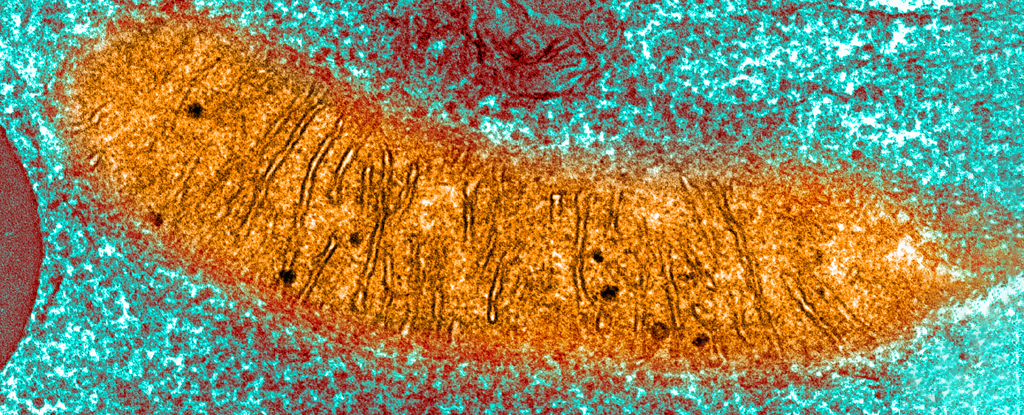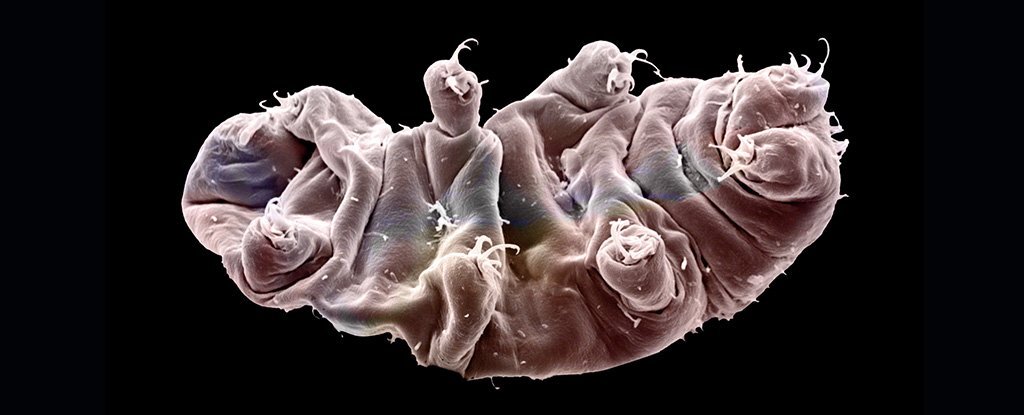#biology #primates #greatapes #bonobos #panpaniscus
Frans de Waal - Public Page (on fb)
The Gendered Ape, Essay #6
THOSE EMBARRASSING BONOBOS!
It’s not always easy to talk about bonobos at academic gatherings. There is no issue with fellow primatologists, who are used to straightforward descriptions of sexual behavior and know the recent evidence. But it’s different with people outside my field, such as anthropologists, philosophers, or psychologists. They become fidgety, scratch their heads, snicker, or adopt a puzzled look. Why do bonobos stump them?
Photograph: Of all the great apes, the bonobo is built most like our ancestors, including relatively long legs and the shape of their feet. Here standing upright, an adult female (left) and an adolescent male. Since bonobos are genetically equally close to us as chimpanzees, they deserve the same attention in relation to human evolution. Photograph by Frans de Waal.
One reason for the discomfort is excessive shyness about erotic behavior, which bonobos exhibit in all positions that we can imagine, and even some that we can’t. Moreover, these apes do it in all partner combinations. People assume that animals use sex only for reproduction, but I estimate that three-quarters of bonobo sex has nothing to do with it.
But there is a deeper reason why bonobos are the black sheep of our extended family despite being as close to us as chimpanzees. They fail to conform to the traditional model of the human ancestor. Most evolutionary scenarios of our species stress male bonding, male dominance, hunting, aggression, and territorial warfare. This is how our species conquered the earth, it is thought.
Chimpanzee behavior, which can be quite violent, lends support to this narrative. This ape is therefore happily embraced as a model. The peaceful, female-dominated bonobo, on the other hand, doesn’t fit. The species is sidelined, such as in “The Better Angels of Our Nature,” in which Steven Pinker calls bonobos “very strange primates.” And Richard Wrangham, in “The Goodness Paradox,” portrays them as an evolutionary offshoot, who “have gone their separate way.” In other words, bonobos may be delightful apes, they are bizarre and irrelevant. Let’s just ignore them!
According to pioneering fieldworker Takayoshi Kano and his students, bonobo groups in the forest regularly “mingle” and “fuse” without any fighting. They share food between communities and occasionally adopt orphaned youngsters from their neighbors. All of this presents a huge contrast with chimpanzees, which know only various degrees of hostility between communities.
My own studies made matters worse by describing bonobos as polyamorous flower children. Intense erotic contact, known as GG-rubbing, is common among females. It allows them to form the powerful sisterhood that is the glue of their society.
Since the species has thrown a huge wrench into popular origin myths, we see regular attempts to revise our views, such as when journalists or political pundits tout observations of bonobo aggression and predation. Unfortunately for them, predation means very little. In biology, it falls under feeding behavior, not aggression. Anyone who has been chased by a bull realizes that a species’ diet says little about its aggressiveness.
But it’s true that bonobos occasionally fight. In fact, their extensive sexual activity would make no sense if their society were free of social tensions. The main purpose of this activity is to keep the peace. “Make love - not war” is a bonobo slogan.
Until now, however, there is not a single observation of one bonobo killing another, neither in captivity nor in the wild. A recent count of lethal aggression among bonobos and chimpanzees in Africa listed 152 incidents. Of those, only 1 concerned bonobos, and this was a suspected killing, not an observed case. All other cases concerned chimpanzees.
Bonobos may be genetically equally close to us as chimpanzees, but anatomically they are more like us. Harold Coolidge, the American anatomist who gave the bonobo its species status, already concluded in 1933 from his dissection of a bonobo corpse that this ape “may approach more closely to the common ancestor of chimpanzees and man than does any living chimpanzee.”
I had to think of this when “Ardi” was discovered, a 4.4 million-year-old Ardipithecus fossil from Ethiopia. Her unusually small blunted canine teeth indicated that she was relatively peaceful. The discoverers could only think of chimpanzees as a comparison, however, when they concluded that Ardi’s physique set her apart from her ape forebears. As usual, the bonobo was overlooked.
With their long legs and frequent upright gait, however, bonobos resemble our immediate ancestors more than any other living ape. Not only does Ardi look very much like an upright bonobo, her assumed peacefulness also brings bonobos to mind.
But we’ll have to wait for a new generation of anthropologists before they will dare to contemplate that perhaps we descend not from a blustering chimp-like ancestor but from a gentle, empathic bonobo-like ape.
FURTHER
Commentary on a revisionist 2007 New Yorker article that tried to spin-doctor bonobos into aggressive apes: www.skeptic.com/eskeptic/07-08-08/
Anatomical comparison between bonobos and human ancestors by Adrienne Zihlman et al. (1978): www.nature.com/articles/275744a0
Lethal aggression among wild apes analyzed by Michael Wilson et al. (2014): www.nature.com/articles/nature13727
For further details and references to the literature, read “Different: Gender Through the Eyes of a Primatologist” (Norton, 2022). A video about the book can be seen here: https://fb.watch/ffbauZBzNb/




















